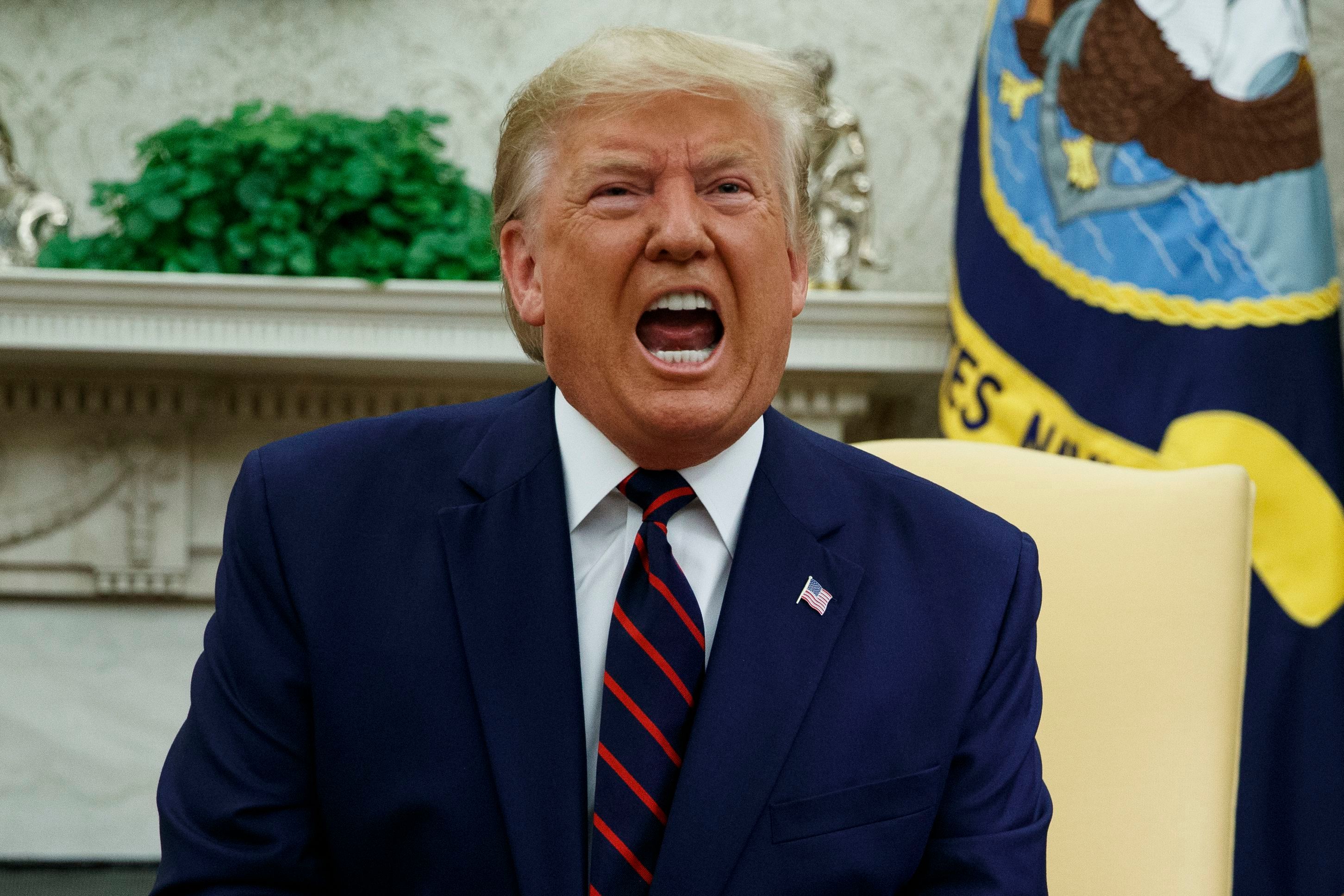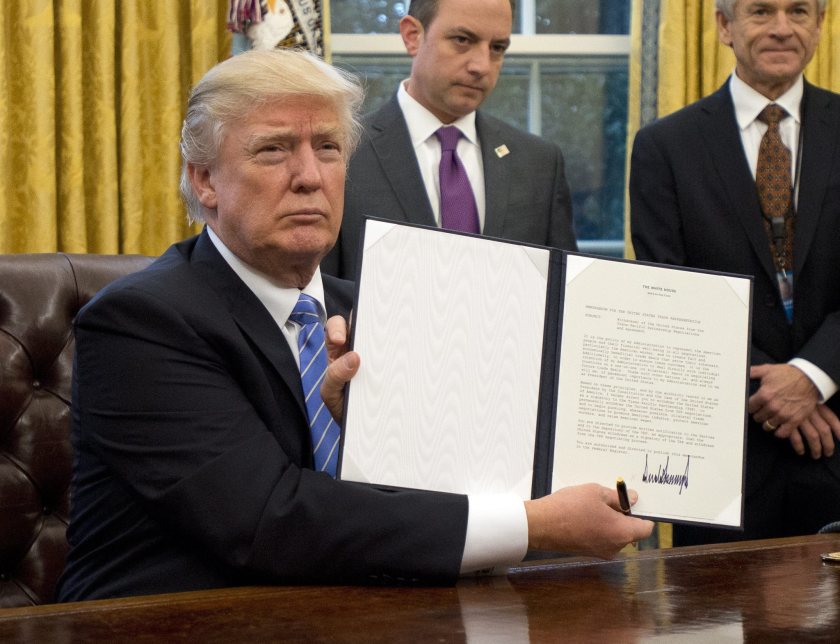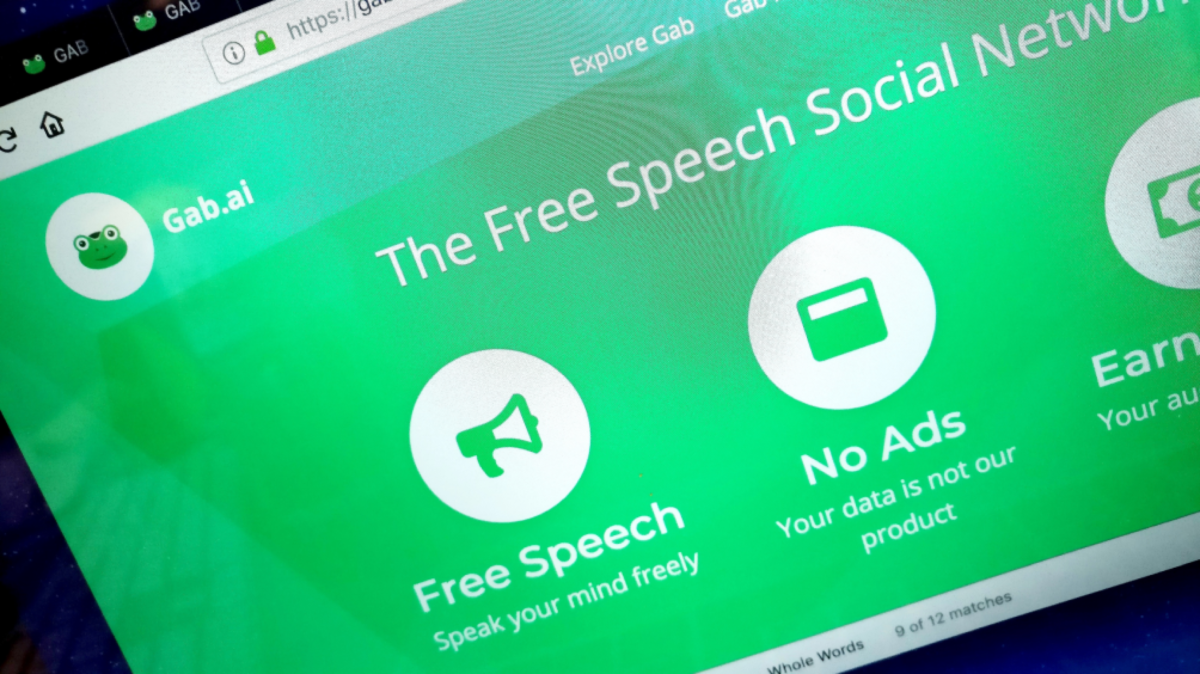As protestors take to the street in Washington DC over the brutal police killing of George Floyd, and Trump is forced to hide in the White House’s fortified bunker, there is one ‘injustice’ that’s got him really riled up.

No, it’s not the fact that African Americans are two-and-a-half times more likely to be killed by police than White Americans, or that the National Guard has been called in to at least 25 states across the nation in the last week.
Rather, what’s got Trump so upset is that Twitter has begun to take responsibility for the content on their platform. What I mean by this is that Twitter is finally fact checking Trump. Cue Trump’s meltdown.
Now, Trump is on a warpath and social media is the target.
Republicans feel that Social Media Platforms totally silence conservatives voices. We will strongly regulate, or close them down, before we can ever allow this to happen. We saw what they attempted to do, and failed, in 2016. We can’t let a more sophisticated version of that….
— Donald J. Trump (@realDonaldTrump) May 27, 2020
Twitter fact checking Trump is actually a bigger deal than it may seem. Followers of the Trump administration will note that press briefings from the presidential cabinet are few and far between. His main form of communication with the public sphere is actually through Twitter. In fact, in January of this year, Trump’s account set the record for the most tweets sent in a single day. Smack bang in the middle of his impeachment trial, Trump tweeted and retweeted 142 times in 24 hours.
Twitter has been a tool for Trump to reshape his narrative, to bypass the press, and to create distractions from political attacks against him. It’s fair to say that no other political leader has weaponised social media quite like Trump has, and now this power is under attack.
Why now?
Trump has been using Twitter to further his divisive rhetoric since well before he became president. In fact, his constant tweets were perhaps the primary reason why the Obama “birther” conspiracy gained such traction.

The theory that Obama was born in Kenya before being secretly transferred to Hawaii has been around since the early 2000’s, but never had much momentum. That is, until Trump began broadcasting it on twitter in 2011. The conspiracy actually became pretty big, with repeated calls for Obama to release his birth certificate and college admission records.
Since ascending to the presidency, Trump’s baseless accusations have only become worse. But throughout it all, Twitter has remained committed in its refusal to sensor heads of states.
The move from Twitter to begin fact checking Trump’s tweets is the result of a new policy to combat the spread of misinformation on the platform. That being said, the affix label that points out when Trump is lying will not appear on all of his tweets. Even if they are lies. The new policy primarily focuses on limiting users from “manipulating or interfering in elections or other civic processes”.
The tweet in question was stating that mail-in ballots for the November 3rd election would result in fraudulent and illegal votes. *Note that the fact-checking label does not show up unless viewed directly on Twitter.
There is NO WAY (ZERO!) that Mail-In Ballots will be anything less than substantially fraudulent. Mail boxes will be robbed, ballots will be forged & even illegally printed out & fraudulently signed. The Governor of California is sending Ballots to millions of people, anyone…..
— Donald J. Trump (@realDonaldTrump) May 26, 2020
So what can Trump actually do?
Simply put, not much. America has pretty strong constitutional protections which means that even if Trump were able to drum up enough support for regulating social media, it would be a difficult bill to pass.
What he has done in the days following the fact-check label being applied is sign an executive order.
Twitter now selectively decides to place a warning label on certain tweets in a manner that clearly reflects political bias.
In the document, Trump savages social media platforms for having “immense power” and engaging in “selective censorship”. The order argues that social media sites should be considered publishers rather than neutral platforms and thus lose it’s illegal immunity from lawsuits. However, if this were the case then Trump would also be vulnerable to be sued for defamation.

It’s important to note that Trump’s executive order does not actually change anything. Although it may be the first step in getting the ball rolling, at the moment the legalities remain the same.
What the order did was open several reviews which could result in later action. Once the reviews are conducted, the justice department will assess which platforms impose “viewpoint-based speech restrictions” or are problematic places for government speech.
Although experts believe that such a review will make little to no difference legally.
Alternatives to Twitter

The Alt-right version of Twitter is called Gab. For those who haven’t heard of it, it is essentially a social media platform with a near identical aesthetic to Twitter. The site is widely described as a safe haven neo-nazi’s, white supremacists and alt-right extremists. However, Gab’s mission statement simply state that they are:
A social network that champions free speech, individual liberty and the free flow of information online. All are welcome.
Not surprisingly, the majority of active Gab users are pro Trump. Also not surprising, the users did not appreciate Trump’s tweets being fact checked.
“Time for #PresidentTrump to #DitchTwitter and #GetOnGab!”
Whilst the popularity of Gab is still pretty low (thank God), with Twitter cracking down on the spread of misinformation, it seems likely that Trump will begin to look towards these kinds of platforms to spread his message. Yikes.
Subscribe to FIB’s Weekly Alchemy Report for your weekly dose of music, fashion and pop culture news!






